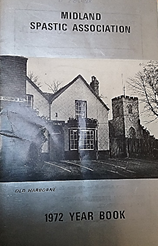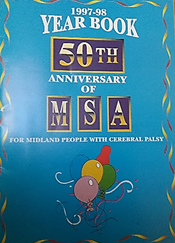Dr Carlson was born in Minneapolis on 25th March 1897. He had a difficult birth and in his own words was "a victim of spastic and athetoid paralysis". He recalled how his neighbours looked pityingly on him, wanting to know what was wrong with him. His mother used a stock reply, saying that he was "just born that way". This is the title of his autobiography. Earl Carlson, Born That Way, (Evesham: Arthur James, 1952).
Education was an important part of Dr Carlson’s life and his mother fought to get him into a school rather than an institution. He started school at eight years of age and although he faced many difficulties throughout his life he overcame these. He graduated from Yale Medical School and became a Doctor with an international reputation.
As well as a great love of reading Earl Carlson had an interest in science and ‘secretly dreamed of becoming an engineer or an inventor’. His heroes were famous inventors and engineers Thomas Edison and Charles Proteus Steinmetz. He wrote to them about his ambitions and received replies which inspired him. He was particularly inspired by Steinmetz, who was disabled, and reasoned that if someone like Steinmetz ‘could win recognition as an electrical wizard’ then there was hope for him to realise his dreams.
It was when Earl Carlson was employed in Princeton University that he took an interest in biology and decided on a career in medicine. A fall on the ice and subsequent ‘rescue’ by Bud Stillman was to have far reaching consequences for Carlson.












